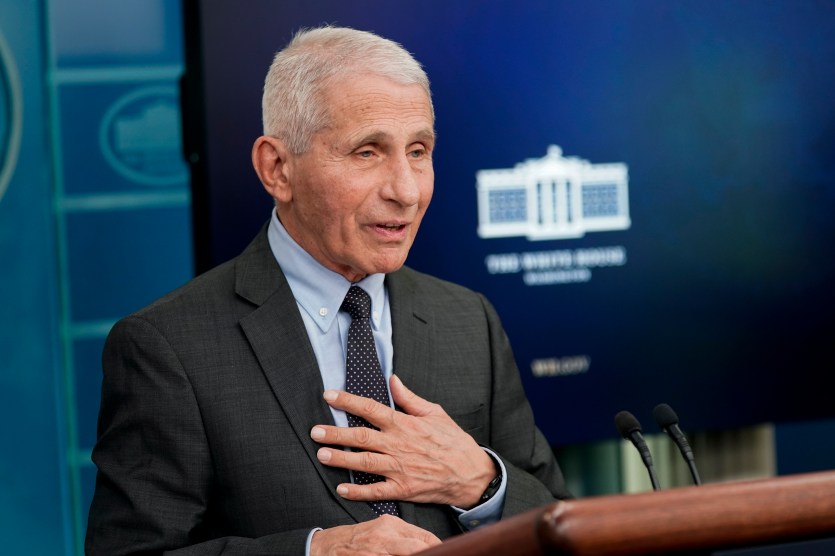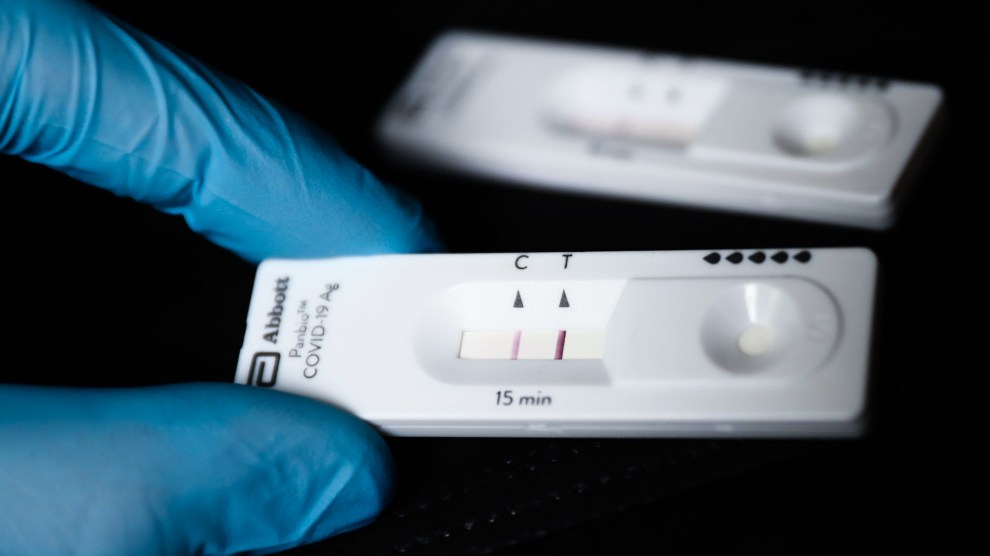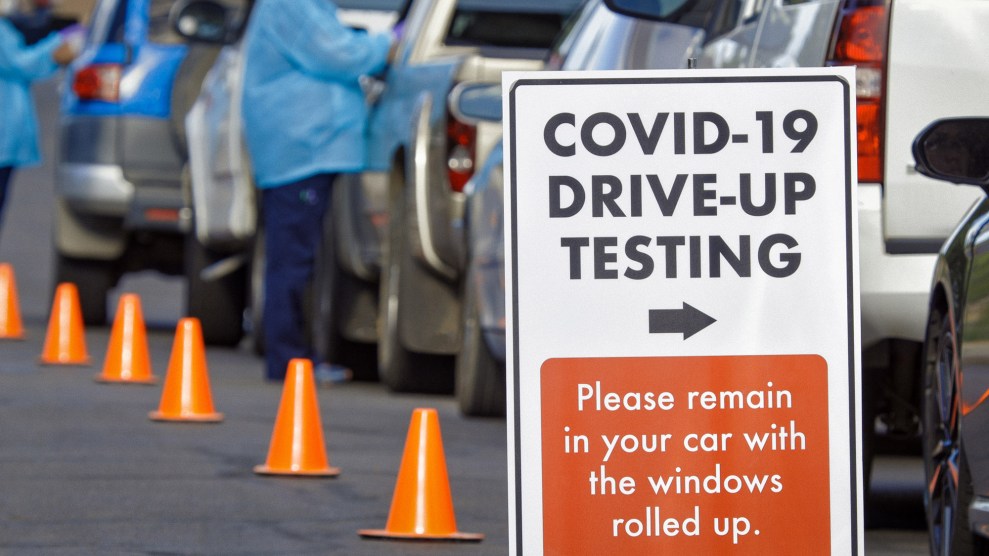
President Trump, in the latest signal of his mounting frustration with the economic impact of the coronavirus, is back to inaccurately comparing the death rates of the virus to the seasonal flu in order to justify calling for the reopening of the economy in the near future—possibly as soon as Monday.
“We lose thousands of people a year to the flu, we never turn the country off,” Trump said during Fox News’ Tuesday coronavirus special. “We lose much more than that to automobile accidents. We didn’t call up the automobile companies and say, ‘Stop making cars, we don’t want any cars anymore.’ We have to get back to work.”
Trump then appeared to argue that the economic damage of keeping social distancing measures in place would bring a greater loss of life than the increase of deaths that experts have warned would come after ending the restrictions. “You’re going to lose more people by putting the country into a depression,” he said.
The remarks on Tuesday came as a breathtaking return to Trump’s initial take on the virus—an approach that saw the president repeatedly minimizing its threat and falsely equating it to the flu—before he, after a long delay, adopted a more serious approach, as recommended by public health experts, just last week. That shift finally saw the White House suddenly embracing social distancing measures and attempting to take steps to abate the crisis.
But Trump’s prioritization of the economy threatens to erase hope that the country could dramatically stem the spread of the virus. Experts warn that in the absence of more tests and stricter isolation measures, as seen in countries like South Korea, the US will see deaths skyrocket.

















